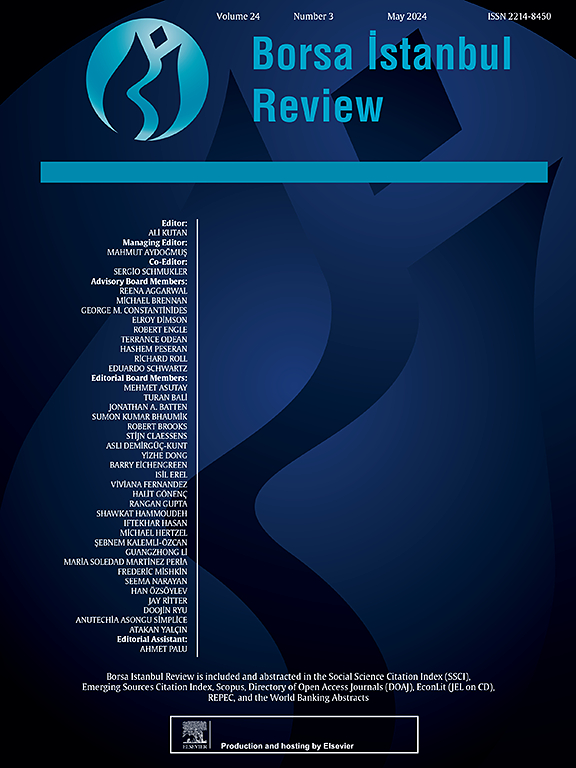Borsa Istanbul Review
Publicado:
Clasificación JEL:
C22, C58, G01, G15

Lo más reciente
Juliana Jaramillo-Echeverri, Adriana Sofía Rodríguez
Gaurav Khanna, Carlos Alberto Medina-Durango, Anant Nyshadham, Daniel Ramos-Menchelli, Jorge Andrés Tamayo-Castaño, Audrey Tiew
Pronosticando inflaciones de canastas de alimentos desagregadas en Colombia usando un modelo XGBoost
Cesar Anzola-Bravo, Poveda-Olarte Paola
Assessing the dynamics of risk premium measures and their relationship with macroeconomic fundamentals is essential for macroeconomic policymakers and market practitioners. This study analyzes the main determinants of sovereign credit default swaps (SCDS) in Latin America at different tenures, focusing on their volatility. Using a component generalized autoregressive conditional heteroskedasticity model, it decomposes volatility into permanent and transitory components. It finds that the permanent component of SCDS volatility in all tenures was higher and more persistent during the Global Financial Crisis than during the recent coronavirus shock.

